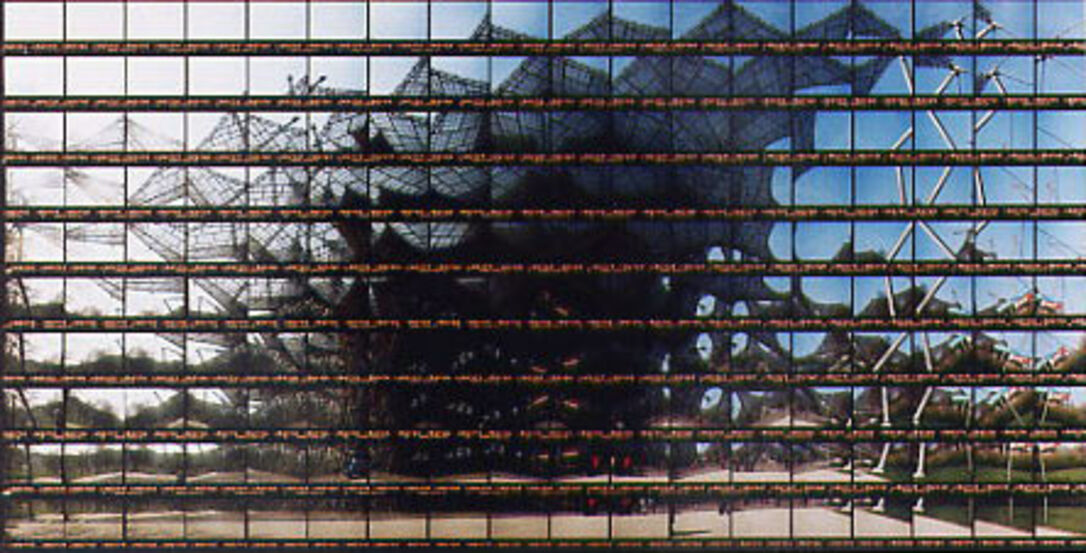Frei Otto (born 1925)
Prof. Dr.-Ing. Frei Otto, born in Siegmar, Saxiny Germany 1925, best known for his Lightweight Constructions. Like the Olympic Stadium in Munich. From 1931 to 1943 Frei Otto attended Schadow School in Zehlendorf, Berlin as a trainee mason. After World War II, he studied at the Technical University of Berlin from 1948 to 1950 and also studied briefly in the United States and visited Erich Mendelsohn, Mies van der Rohe, Richard Neutra, and Frank Lloyd Wright. In 1952 he established a studio at Zehlendorf and in 1957 he founded the Development Center for Lightweight Construction in Berlin. Seven years later he transferred the center's activities to the Institute for Lightweight Structures in Stuttgart.
His saddle-shaped cable-net music pavilion at the Bundesgartenschau (Federal Garden Exposition) in Kassel brought him his first significant attention. Major works include the West German Pavilion at the Montreal Expo in 1967 and the roof of the 1972 Munich Olympic Arena, inspired by Vladimir Shukhovs architecture.
As an architect and engineer, Otto is still active. One of his more recent projects was his work on the Japanese Pavilion at Expo 2000 with a roof structure made entirely out of paper.
Important Buildings:
- West Germany Pavilion at Expo 67 Montreal
- Tuwaiq Palace, Saudi Arabia, with Buro Happold
- Roof for Olympic Stadium, Munich
- Roof structure of the Japanese Pavilion at Expo 2000, Hanover
- Stuttgart 21 Central Station, Stuttgart, Germany
- Volierendach im Tierpark Hellabrunn, Munich, Germany
- Multihalle der Bundesgartenschau, Mannheim, Germany
- Open-Air Theatre, Bad Hersfeld, Germany
- Nijmegen Open-Air Theatre, Nijmegen, Netherlands
- Tanzbrunnen - Tanzpavillon der Bundesgartenschau (Sternwellenzelt), Cologne, Germany
- Vierpunktsegel – Überdachung, Cassel, Germany









